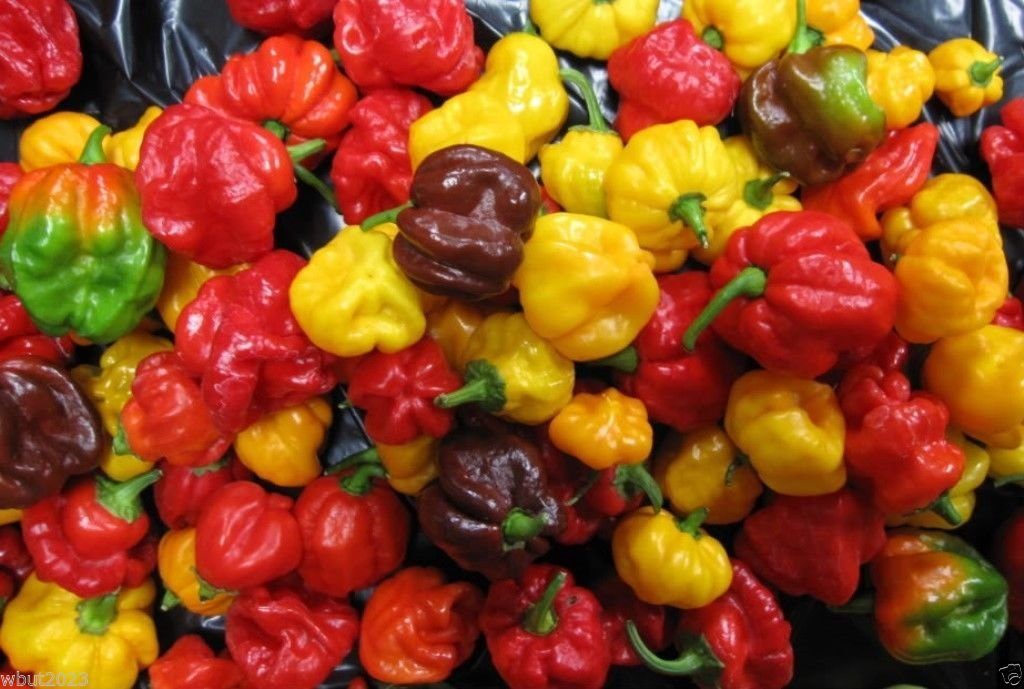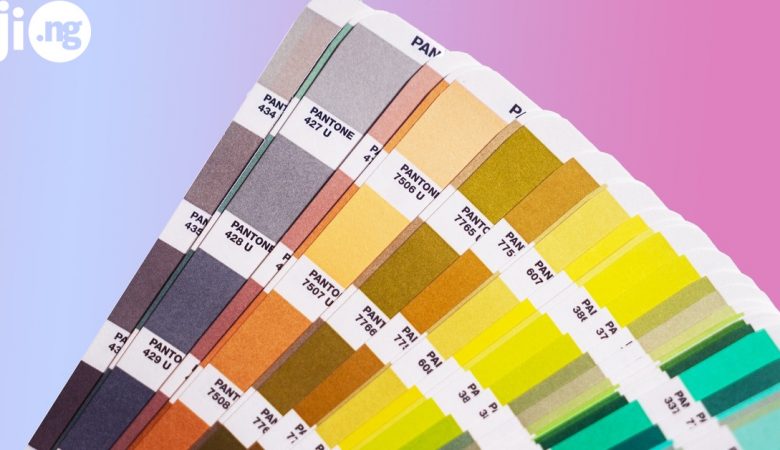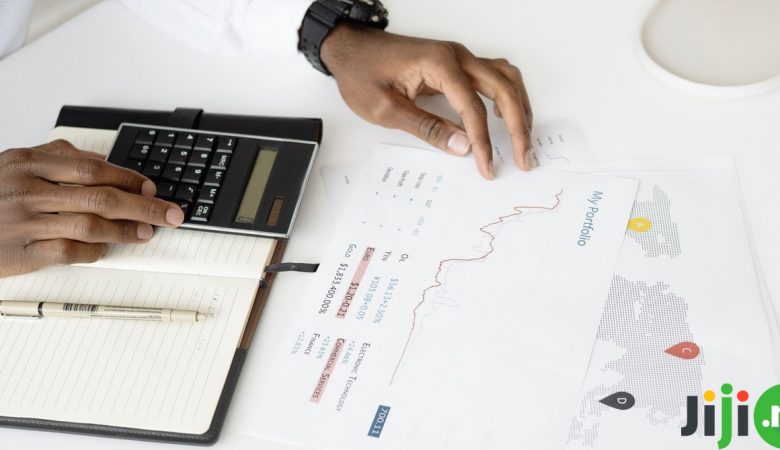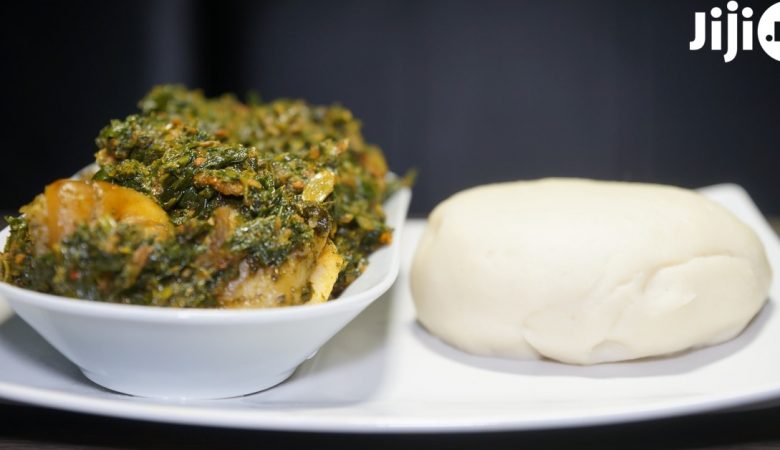Out of thousands of business opportunities, farming in Nigeria remains among the most popular and lucrative ones. If you’re interested in pepper production in Nigeria, you’re not alone, as pepper cultivation attracts many novice farmers. Find out everything about pepper farming in Nigeria!
Start an agriculture business easily with Jiji
1. Types of pepper in Nigeria
In order to start your own pepper plantation in Nigeria, you need to choose the type of pepper you want to farm. Today you can choose from these types of pepper cultivation in Nigeria:
- Atarodo – a popular hot pepper used in a variety of dishes. Atarodo is usually red, short, and plump.
- Cayenne, or red pepper – a mildly hot pepper. Cayenne pepper in Nigeria is long, thin, and red.
- Bird pepper is one of the hottest peppers you can find in Nigeria. If you come across a green pepper plant, there is a good chance it’s just unripe bird pepper.
- Sweet pepper, or tatashe, is completely free of heat and has a naturally sweet taste. It is used in sauces, salads, soups, and as a snack.
There are a couple of other pepper varieties, but these four are recommended to anyone who wants to start a pepper business in Nigeria.
Buy high quality pepper seeds for your business on Jiji
2. Profitability of pepper production
Even though agriculture business, including pepper farm, is on the rise right now in Nigeria, we are still importing peppers from overseas. Pepper plant, especially sweet bell peppers, is a hot commodity both in Nigeria and abroad.
For a ₦1 million investment into growing peppers you can get 2 tons of bell peppers that you can then sell abroad for about ₦4 million. For a business that has the cycle of approximately 6 months, this return on investment is not bad at all!
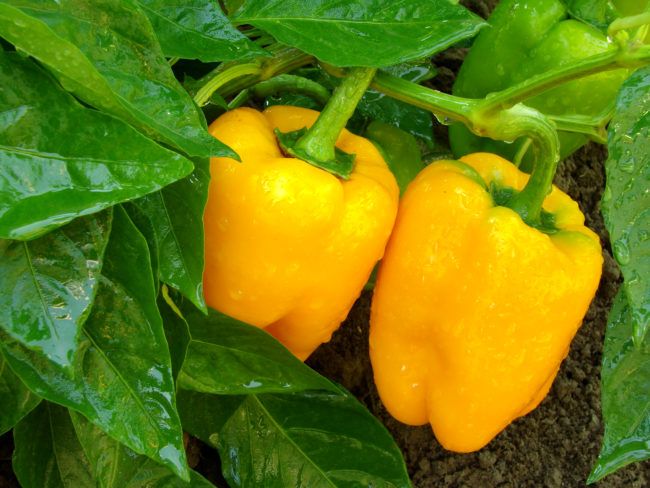
3. Pepper farming business plan
If you’re new to farming, your business should start with studying the pepper production guide. Here is a step-by-step guide on how to plant pepper in Nigeria.
- Acquire a piece of land, preferably with sandy loam soil, and create beds for your peppers. The beds should be 1m long and 1m apart. Treat the soil first with insecticides and then with organic manure.
- Make a nursery tray out of plastic trays or cement bags and sow your seeds. Keep the right space between the seedlings: for example, sweet pepper plant requires more space between each seedling than chili pepper plant.
- The seedlings should be transplanted into the beds after 8 to 10 weeks. The germination will take up to 7 days, depending on the type of pepper you’re producing. Green pepper farming has a longer germination period.
- Water the seeds daily before the sunrise, but avoid making the soil too watery – it can negatively affect the quality of bell pepper farming in Nigeria.
- Starting from the transplanting period, you can apply fertilizer to your peppers. It can be organic fertilizers like sawdust and dry poultry waste, or inorganic fertilizers like NPK 15-15-15 or GNLD liquid fertilizers.
- Wondering how to grow peppers of the highest quality? Weed your plants twice before harvesting and stake them to bamboo or other wood so that they don’t break under their own weight.
- Now that you know how to plant peppers, you should learn how to harvest them. Harvesting is usually done after 150 days, although the exact number can depend on the type of pepper. Pepper is harvested prior to ripening for two reasons. First, harvesting the peppers before they reach maturity stimulates the plant to produce more fruit. Second, pepper ripens after harvesting.
- Harvested pepper can be stored in sacks in cool, dark rooms. You can also dry most of the pepper varieties, grind them on the mill, and sell them as dry food seasoning. Fresh peppers can be sold in the markets, to bulk purchasers, or to restaurants.
This is how to grow pepper in Nigeria – hopefully, the nation will hear your own farming success story soon!

Start and grow your business with the Jiji app

